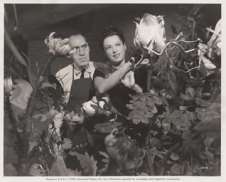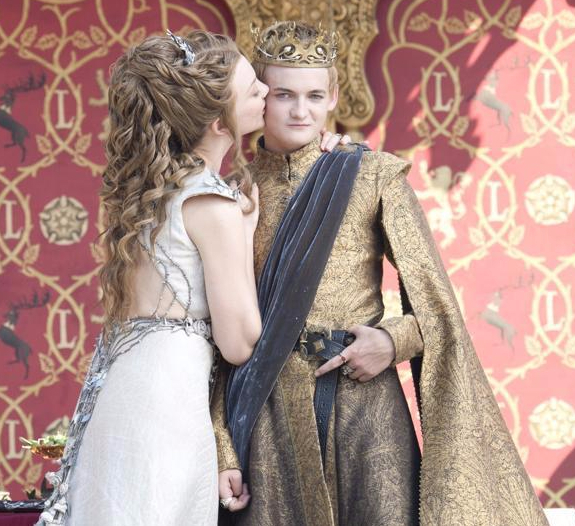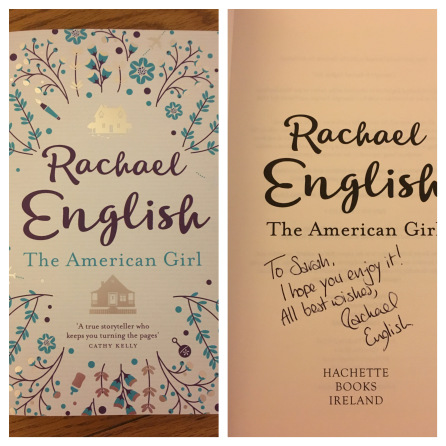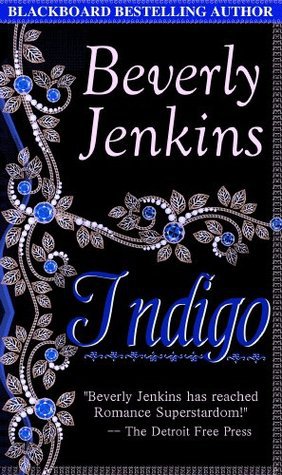 ‘But it won’t really be like dying. You’ll live on in this beautiful plant.’
‘But it won’t really be like dying. You’ll live on in this beautiful plant.’
A young woman is hired to be the paid companion of the owner of an old mansion on the outskirts of a cattle farming community. The only occupants of the house are her new employer, who is a blind, middle-aged woman, and her sinister servant who cannot speak. Before too long, the new arrival feels she is at the mercy of strange, implacable forces…
Gale Sondergaard made quite an impression as ‘The Spider Woman’ (1944) in Universal’s ‘Sherlock Holmes’ series, justifiably taking her place as one of Basil Rathbone and Nigel Bruce’s finest opponents. Two years later, she’d earned the reward of this apparent sequel, directed by Arthur Lubin. Sadly, it’s a sequel in name only, with the cool and elegant Adrea Spedding replaced here by the cool and elegant Zenobia Dollard (best character name ever!), who isn’t interested in pajama murders so much as in a bit of unconventional horticulture. There are some spiders in her greenhouse, though, so I guess the title is justified!
Universal Studio’s ‘B’ picture unit was nothing if not highly professional, often achieving significant quality on small budgets and limited production schedules. They rarely put a foot wrong in their prodigious output, but there’s always the exception that proves the rule and, unfortunately, this weak offering is such an example. That the film runs less than an hour and looks as if it’s been considerably trimmed in post production should tell you all that you need to know.
The film begins with our heroine (Brenda Joyce) arriving in the town of Domingo to take up her new duties as Sondergaard’s latest ‘live in’ companion, her predecessor having returned home or left to get married or something like that. At the bus stop, she runs into local cow farmer and old acquaintance Kirby Grant (an actor more at home in Westerns), who has feelings for her that she doesn’t reciprocate. It’s a circumstance not pleasing to Sondergaard, who has specifically advertised for someone who has no family or friends and is not known to anyone in the area. Yes, it’s the sort of job opening that only people in the movies would dream of taking! Things go from bad to worse pretty quickly for Joyce when she arrives at the house to be greeted Rondo Hatton as mute servant Mario the Monster Man! Seriously, that is the name of the character.
Hatton was a once handsome man, who developed the rare, disfiguring disease acromegaly, which caused extreme glandular swelling in his face and hands. Ironically, this led to a career as a ‘movie monster’ in a string of Universal pictures, including his memorable turn as the ’Hoxton Creeper’ in another Rathbone-Bruce ‘Sherlock Holmes’ movie ‘The Pearl of Death’ (1944). By the time this film saw theatres, he was already dead from a heart attack, most likely brought on by his unusual condition. If coming face to face with Rondo wasn’t enough, Joyce sounds finds herself suffering from serious fatigue (could it be something to do with the milk Sondergaard insists she drinks before bed every night?) and is seriously puzzled by strange clicking noises in her closet, which are actually never explained.

‘See? This is much more beautiful than the Borgia Pearl…’
Grant is also having a hard time too, as a mysterious disease is decimating the local ungulate population. He’s so worried that he calls in the Man from the Ministry (Milburn Stone) but he can’t locate the poison weeds that he thinks are responsible for the bovine slaughter. All this is not particularly original and I have a suspicion that this was an old, unproduced script that had been knocking around the studio for some time before some bright spark thought to attach Sondergaard and the ‘Spider Woman’ tag.
Things really fall apart in the last act and there is some evidence that an entire section of the movie was cut out before release. The action jumps suddenly to the closing scenes, five actors credited in the cast list never appear and Sondergaard references a couple of story developments that the audience has never witnessed. Joyce has been indifferent to Grant’s ‘down home’ charms throughout but now, apparently, they’ve been falling in love during the course of the film, and have had a serious row of some kind! And there’s another problem. Hatton is mute and Sondergaard is blind, so how does everyone think they communicate? Telepathy? Hatton actually uses some kind of sign language, which is fine because Sondergaard is faking anyway, which should be no surprise to anyone in the audience. But why on earth is she pretending to be blind in the first place? What’s the point?! Perhaps the excised footage would have answered some of these questions. Perhaps not.
Any value left in the proceedings is down to the professionalism of the cast, and Sondergaard is as charismatic as ever. Without her, this would really be a trial to sit through. Joyce is wasted in her usual ‘damsel in distress’ role and Grant was probably more at home in the saddle. That was certainly true of Stone who finally found fame in the last role of his 40 year career, spending two decades as ‘Doc’ on TV’s classic western ‘Gunsmoke’.
A disappointing feature that falls far below the usual standard of Universal’s programme features. Watch it for Sondergaard. There’s nothing else to see here.
Advertisements Share this:




